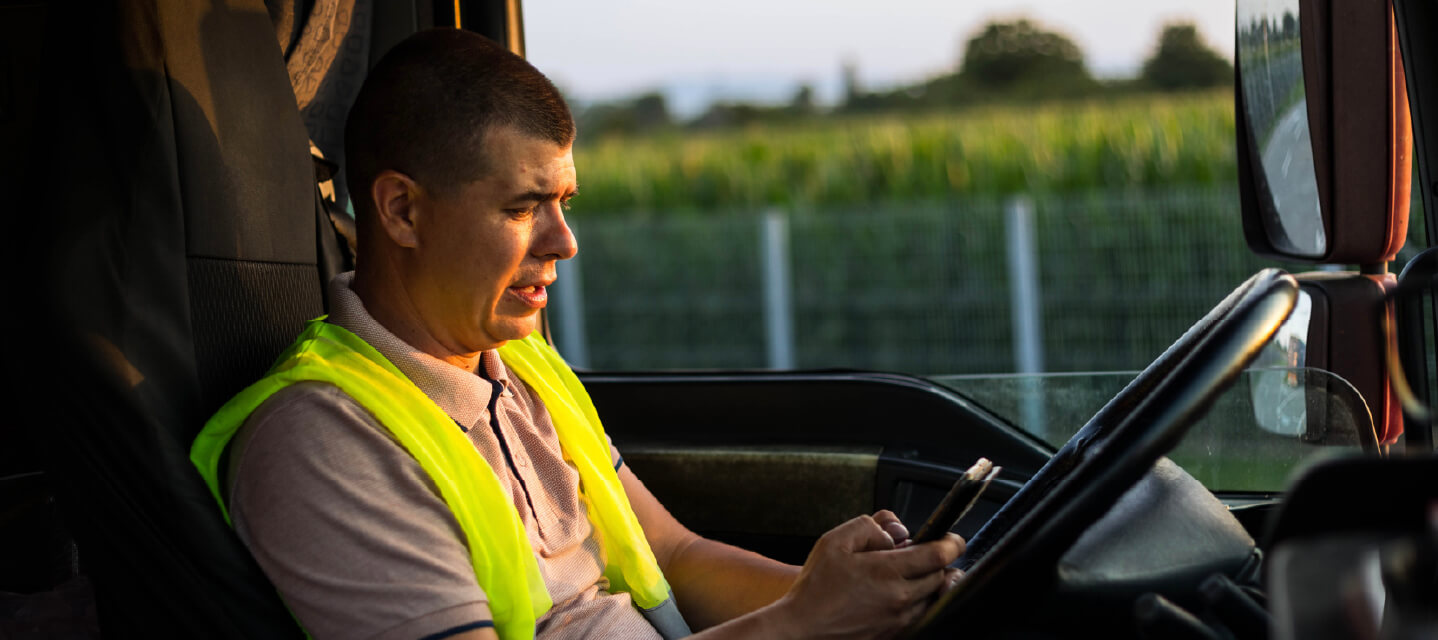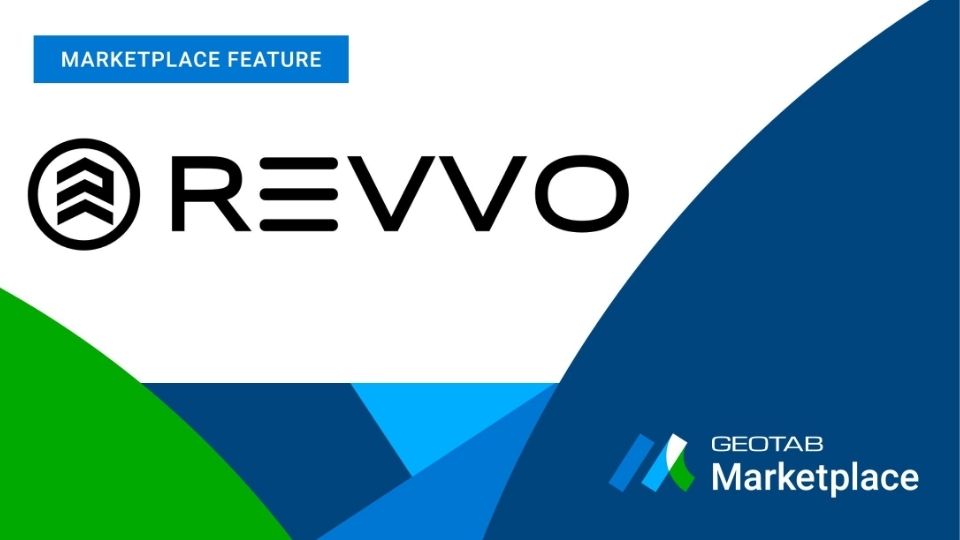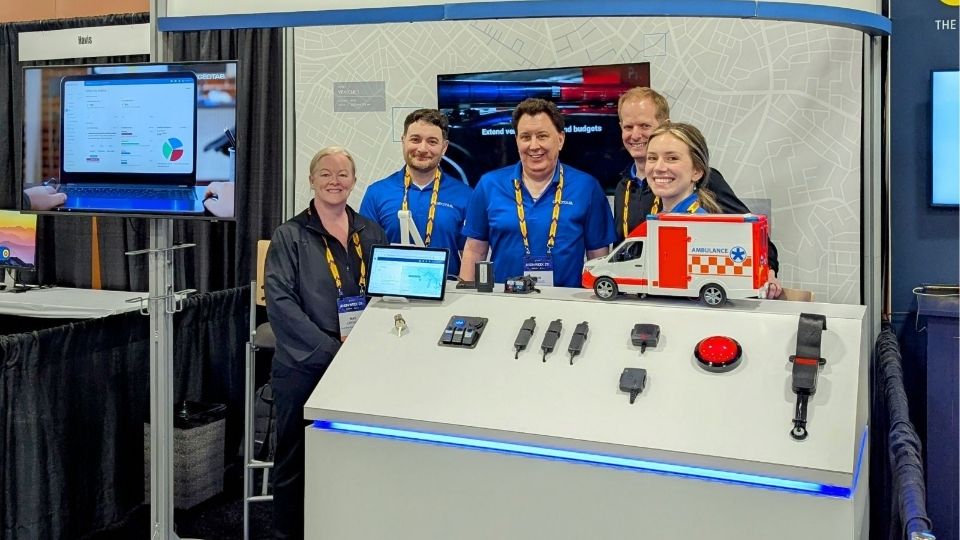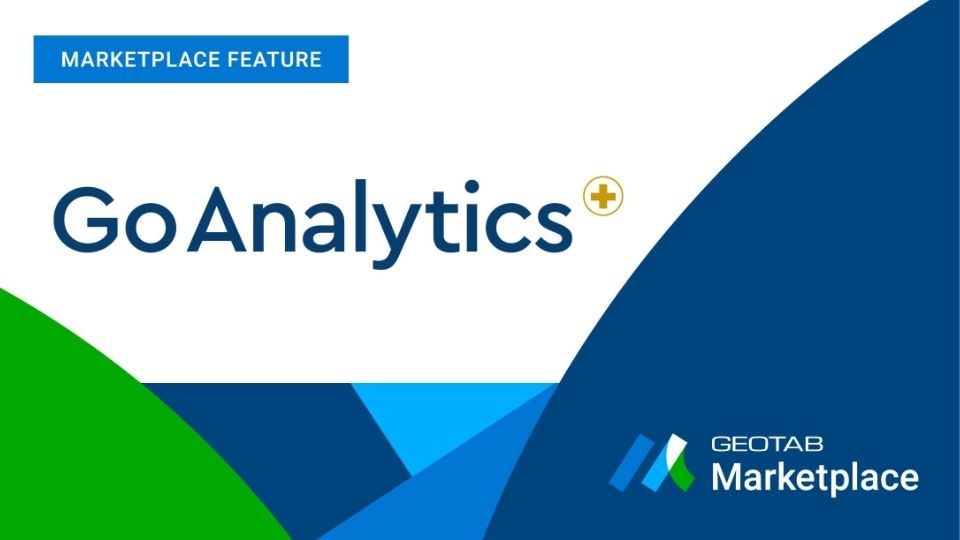Fleet camera and video features explained
Discover options for fleet camera or video solutions in your vehicles.


Are you looking to buy a fleet camera or video solution for your vehicles? There are many exciting options out there, from live streaming and on-demand video, to infrared and ADAS. What do all these dashcam terms mean? To help you with browsing, we’ve decoded some of the different fleet dashcam features.
Keep in mind, this isn’t a complete list. To explore and compare all the integrated camera options for Geotab, visit the Marketplace. Remember that the best-fit camera for your fleet doesn’t need to have all the features — just the ones that meet your specific needs.
As well, to get maximum value from the technology, the camera or video solution really requires the full stack, including connectivity, storage and management.
360-degree view
A camera solution with a 360-degree view will have multiple camera options to cover all sides of the vehicle (road-facing, rear-facing, side-mounted), as well as inside the truck cab (cabin-facing or driver-facing).
AI camera
Artificial intelligence (AI) is used in some video solutions to automatically analyze video content for unsafe driving behavior. In cameras where the AI is embedded in the camera or recorder device, it can be used to audibly coach the driver in real-time for instances of tailgating, roll-through stops, drowsiness, distraction and other unsafe conditions.
Continuous video capture
Continuous video capture means that the fleet dashcam is on and recording as long as the vehicle is in operation. Depending on the camera, there is typically a limit on the number of hours recorded, such as one or two days of on-board storage. A benefit of continuous recording is that the camera is on to record events whenever they occur. Solutions with continuous recording will also typically include a browsing option to help users search for the content they are looking for.
Another option is event-triggered recording.
Event-based recording
Depending on the solution, a Geotab event may be used to retrieve a corresponding recorded video assuming the camera has continuous recording capability available and enabled. The timestamp from the Geotab-created event is used to fetch the appropriate video file after the event has already occurred. Contact your Authorized Geotab Reseller to confirm the availability of this feature.
Examples of capture triggers:
- Speeding
- Harsh acceleration or harsh braking
- Hard cornering
- Geofencing violations
- Driver not wearing a seat belt
- Collision
Infrared
If you manage drivers who work at night, you might need a camera that works in the daylight and also when it’s dark. Cameras with infrared (IR) sensors, also called night vision, can record in the dark, providing video or images in black and white.
Live-streaming
Live streaming allows the fleet manager to see what the cameras are viewing as it happens, in real-time, from any particular vehicle they choose. Live monitoring can be useful, for example in monitoring an emergency to gain situational awareness.
On-demand retrieval
On-demand is ideal for when you want video only related to a specific time, place or event. needs further investigation or if you only want the videos you need, video on-demand empowers carriers to wirelessly retrieve video footage in real-time to help mitigate risk.
Another on-demand option is the ability to retrieve video right from the MyGeotab Map. In this method, you can look up and request video from a specific trip, driver or vehicle.
Integrated with telematics
Integrating cameras or video with telematics is a time-saver. You can avoid the hassle of jumping in and out of multiple software apps and instead have one central place for your data, tools and insights. All camera and ADAS solutions on the Marketplace integrate with MyGeotab, meaning you can view and manage video in your existing fleet dashboard.
See also: How distracted driving cameras can help boost safety
What features should a fleet camera have?
What are the must-have fleet dashcam features? There is no one answer to this question! Let your main use case, such as Driver Risk Management, Notification of Collision, or Security guide your discovery and ultimate choice.
Get the whole picture on your drivers and vehicles with video telematics. Explore and compare fleet camera and ADAS solutions on the Geotab Marketplace.
Contributer: Andrzej Rybak
Subscribe to get industry tips and insights

John Ballantyne is the Vice President of Video Product at Geotab.
Table of Contents
Subscribe to get industry tips and insights
Related posts

The fleet safety incentive program checklist for driver engagement that lasts
June 19, 2025
2 minute read

Building a self-sustaining school bus driver safety program with Geotab Vitality
June 13, 2025
7 minute read

55+ Surprising distracted driving statistics and facts for 2025
May 30, 2025
8 minute read


Driving the Future of Public Safety: My Experience at Axon Week 2025
May 21, 2025
2 minute read
